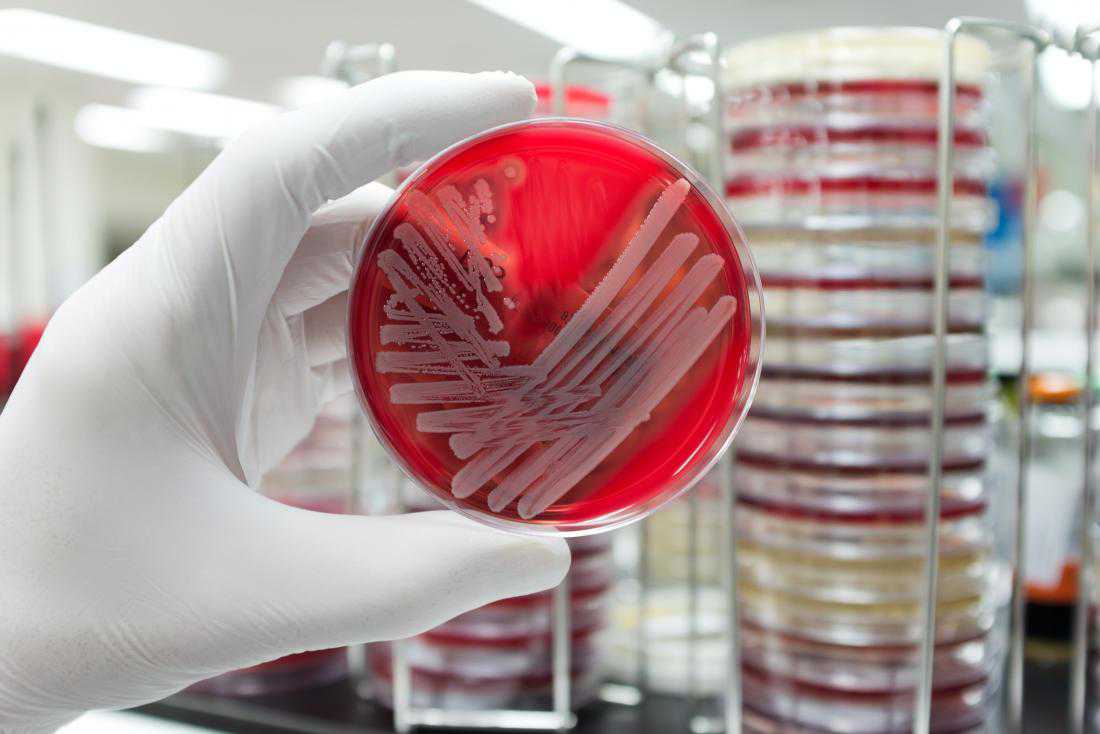Antibiotic resistance: Breakthrough study offers solution
21 October, 2018

Scientists have developed a potential solution to the rising global antibiotic resistance crisis. It lies in rendering bacteria ineffective without killing them, which relieves the selective pressure that drives the growth of resistant strains.
When a team at Case Western Reserve University School of Medicine in Cleveland, OH, treated mice with specific small molecules that stop bacteria from producing toxins, all the animals survived an MRSA sepsis infection, compared with less than a third of untreated mice.
The finding is significant because if the same is true of humans, then it shows that it may not be necessary to use antibiotics to cure sepsis.
The study, which features in the journal Scientific Reports, also suggests that these small molecules can increase the effectiveness of antibiotics. Mice treated with both had much lower levels of bloodborne bacteria than mice treated only with antibiotics.
"For relatively healthy patients," says senior author Menachem Shoham, who is an associate professor of biochemistry at Case Western, "such as athletes suffering from a MRSA infection, these molecules may be enough to clear an infection."
For those with weaker immune systems, then a combination of the small molecules with a low-dose antibiotic might be more effective. Dr. Shoham suggests that this could work in cases where the antibiotic used in the combination is one to which the bacteria have become resistant.
He explains that the "small molecules enhance the activity of conventional antibiotics, such as penicillin." This could open a route through which antibiotics that have become obsolete can once again be effective in the clinic.
Global antimicrobial resistance crisis
A global review that ended in 2016 estimated that 10 million lives per year could be at risk due to the growing worldwide threat of antimicrobial resistance.
It states that if antibiotics are rendered ineffective, then many types of medical procedure and treatments — such as joint replacement, cesarean delivery, bowel surgery, and chemotherapy — "could become too dangerous to perform."
Resistance to antibiotics develops because every time someone uses them a small number of microbes survive due to having a natural resistance to the drugs.
Eventually, the resistance spreads, not only because the microbes with natural resistance grow, but also because they share their resistance with others.
The situation has now developed to the point where there are no effective antibiotics left to treat some infections.
In the United States, infections due to antibiotic-resistant bacteria affect around 2 million people per year and account for 23,000 deaths.
TAG(s):
